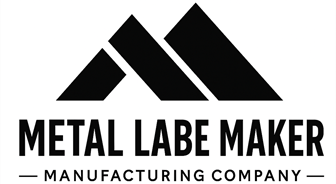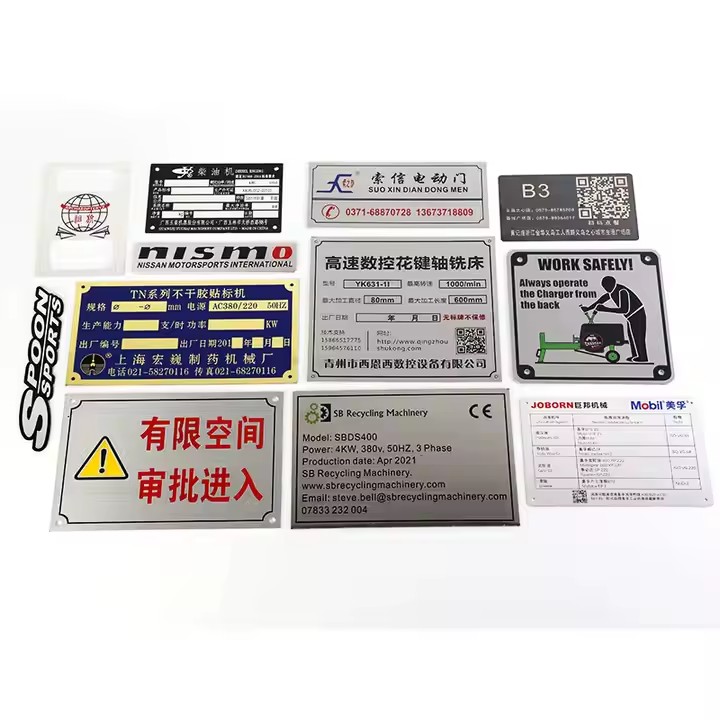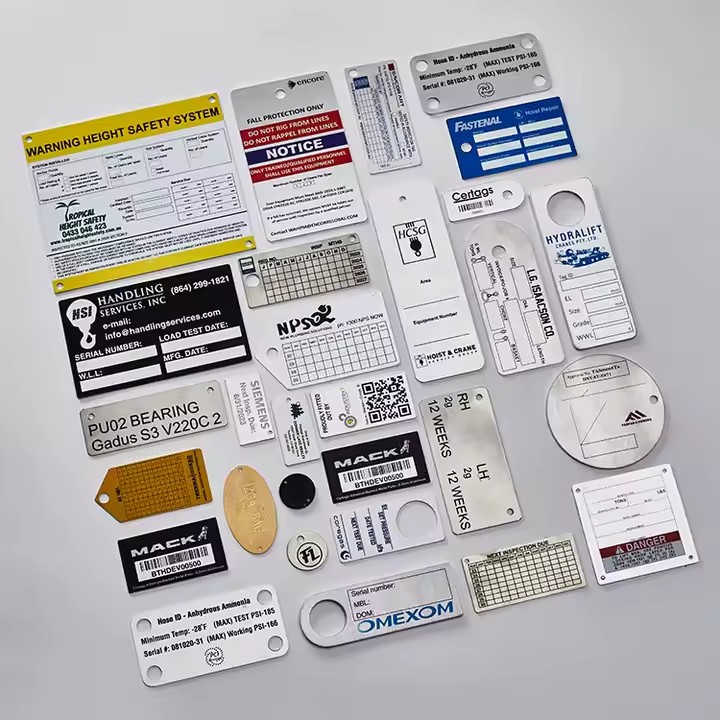Types of Adhesive Materials and Their Applications in Metal Labels
Adhesive materials play a crucial role in the performance of metal labels, ensuring they firmly attach to surfaces and withstand environmental challenges. Selecting the right adhesive is essential to guarantee durability, reliability, and functionality of metal labels in various industrial and commercial applications. This article explores the common types of adhesives used in metal labels and their typical uses.
1. Acrylic Adhesives
Characteristics:
Acrylic adhesives are known for their strong bonding strength, excellent resistance to temperature extremes, UV radiation, and chemicals. They offer long-lasting adhesion and are suitable for both indoor and outdoor use.
Applications:
Acrylic adhesives are widely used in metal labels for industrial machinery, automotive parts, electronics, and outdoor equipment due to their durability and resistance to harsh environments.
2. Rubber-Based Adhesives
Characteristics:
Rubber adhesives provide good initial tack and quick stick properties, making them ideal for applications requiring immediate adhesion. However, they generally have lower resistance to heat, chemicals, and UV exposure compared to acrylic adhesives.
Applications:
Rubber-based adhesives are commonly used for temporary or indoor metal labels, product packaging, and short-term identification where cost-effectiveness and ease of application are important.
3. Silicone Adhesives
Characteristics:
Silicone adhesives excel in extreme temperature environments, maintaining adhesion in both high heat and freezing conditions. They also offer excellent chemical resistance and flexibility.
Applications:
Silicone adhesives are preferred for metal labels used in aerospace, automotive engine parts, medical devices, and other sectors where extreme temperature resilience is critical.
4. High-Performance Specialty Adhesives
Characteristics:
These adhesives are formulated for specific challenges, such as adhesion to low surface energy plastics, oily or dirty surfaces, or environments with extreme moisture or chemical exposure. They often combine multiple adhesive technologies to maximize performance.
Applications:
Specialty adhesives are used in niche industries such as electronics, chemical processing, marine applications, and heavy machinery labeling where standard adhesives may fail.
How Adhesive Choice Impacts Metal Label Performance
-
Surface Compatibility: The adhesive must bond effectively to the substrate material, whether metal, plastic, glass, or painted surfaces.
-
Environmental Resistance: Consider temperature ranges, moisture, chemical exposure, and UV light when selecting adhesive types.
-
Durability Requirements: Longer-term applications demand adhesives with higher resistance to aging and degradation.
-
Application Method: Some adhesives allow repositioning during installation, while others provide permanent bonds immediately.
Conclusion
Choosing the appropriate adhesive material is as important as selecting the right metal for your labels. Understanding the properties and applications of acrylic, rubber-based, silicone, and specialty adhesives helps ensure your metal labels deliver optimal performance, durability, and reliability in their intended environment.







